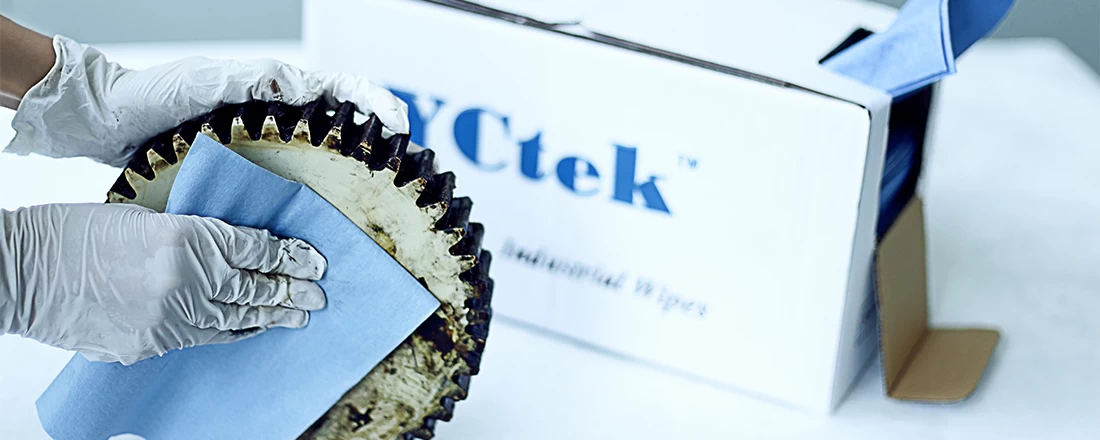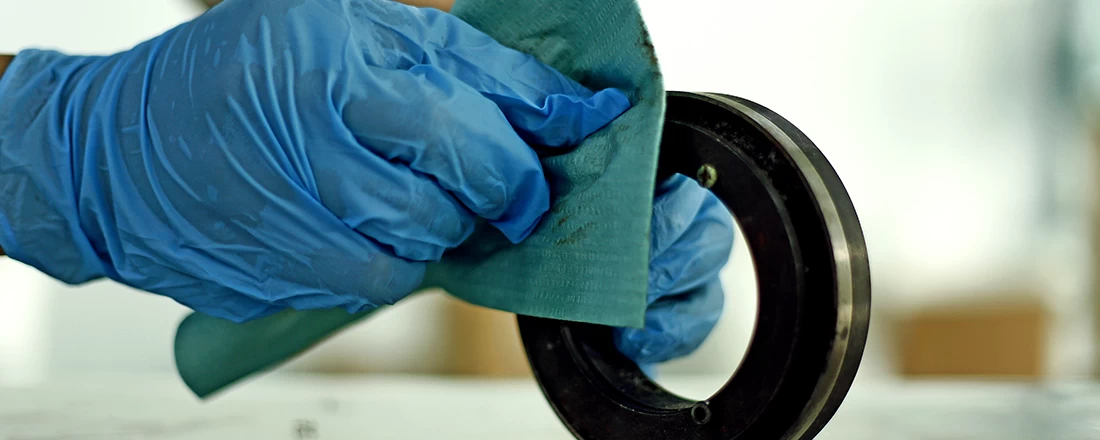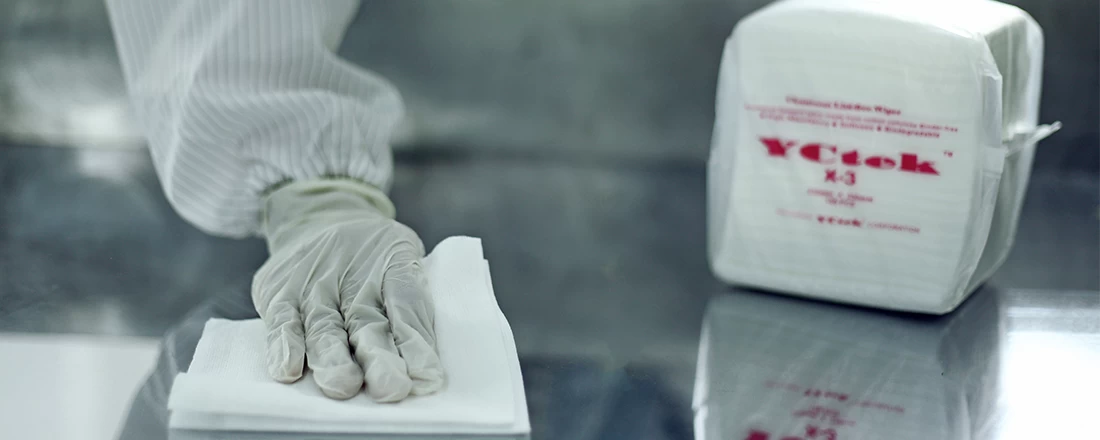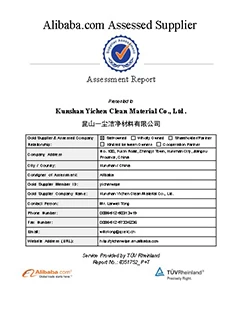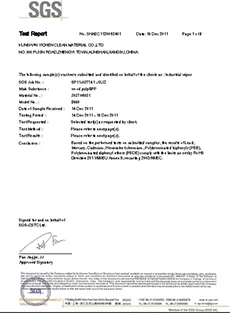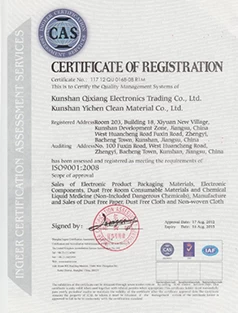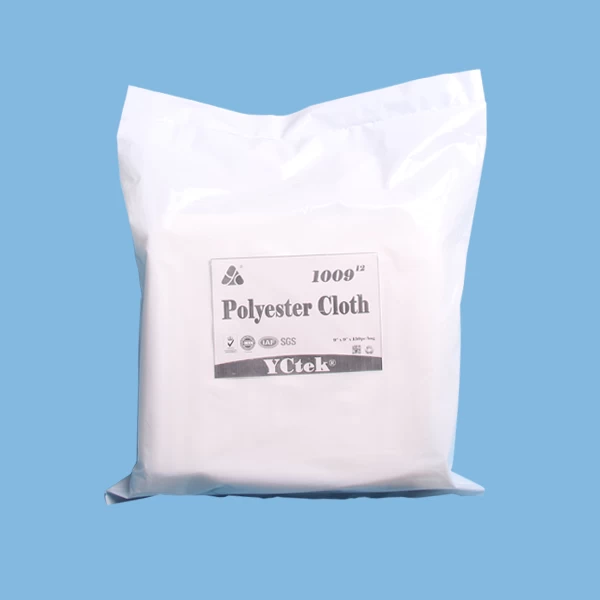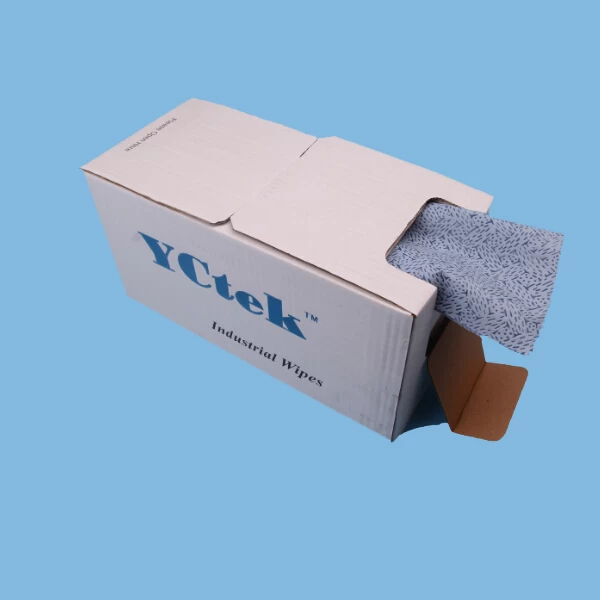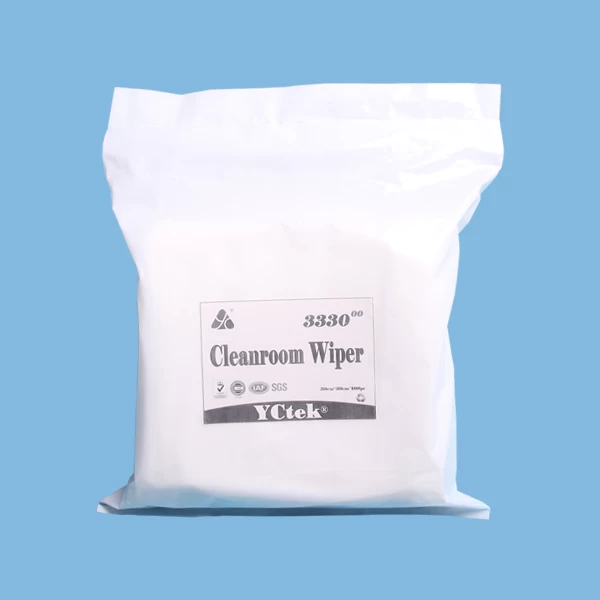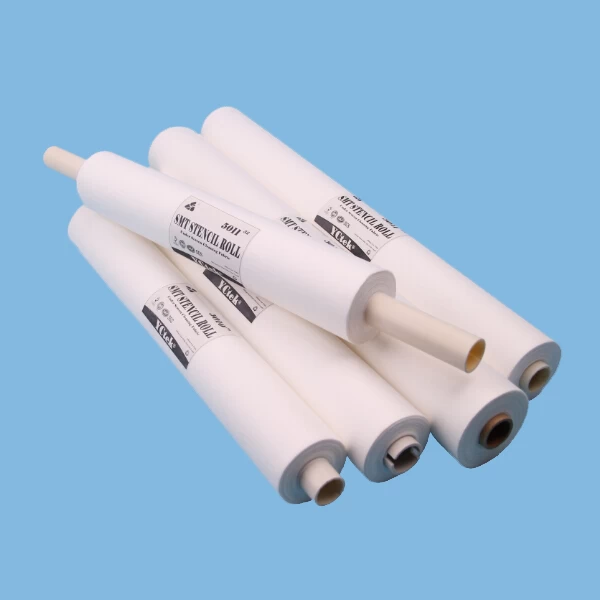Making Paper from Woodpulp
2017-05-26 17:11:55
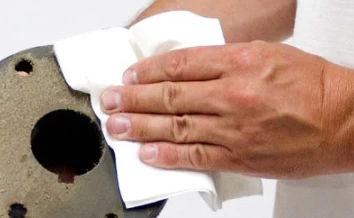
Woodpulp is made up of cellulose fibres that are bound together by a material called lignin. In a pulp mill, the fibres are separated from one another into a mass of individual fibres. This is
called woodpulp.
called woodpulp.
Woodpulp currently represents 33% of the fibre used to make paper and board in the UK. 6% of that is home produced and is used by the 2 integrated mills (that is a mill that carries out the entire papermaking process from tree to end product). None of these mills use fully mature grown trees, but rather small dimension timber (which is of no use to other commercial users such as furniture makers and builders), saw mill waste and forest thinnings.
26% of the woodpulp used in the UK is imported, mainly from Scandinavia and North America. In the past, the industry used softwoods such as spruce, pine, fir, larch and cedar but hardwoods,such as birch and aspen are also now being used. Fast growing Eucalyptus have been successfully cultivated in Northern Spain, Portugal and Brazil, and provide the papermaker with very high quality pulp. No two species of tree produce the same grade of fibre. Softwoods provide long strong cellulose fibres and are used to produce papers where strength is needed, for example, packaging papers. The shorter hardwood fibres provide bulk, smoothness and opacity (stops dark printing showing through the paper).
They are used to produce fluting medium (the wavy layer inside cardboard) and printing and writing paper.

